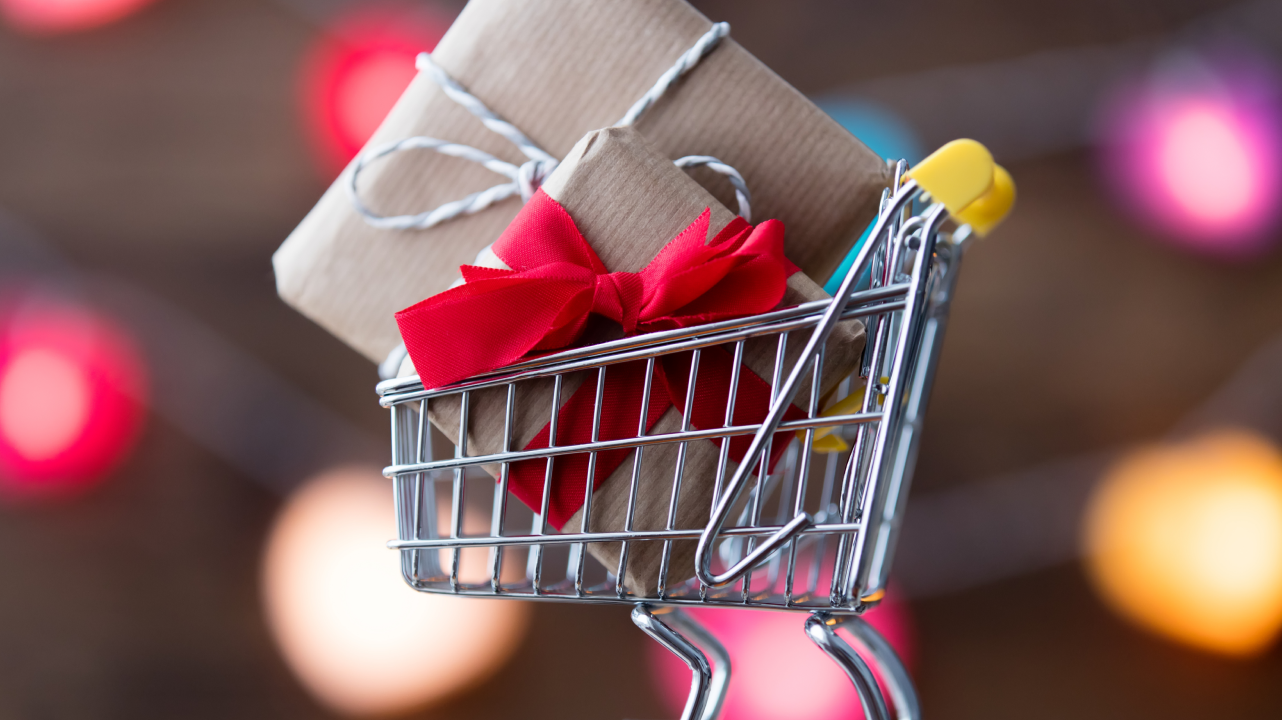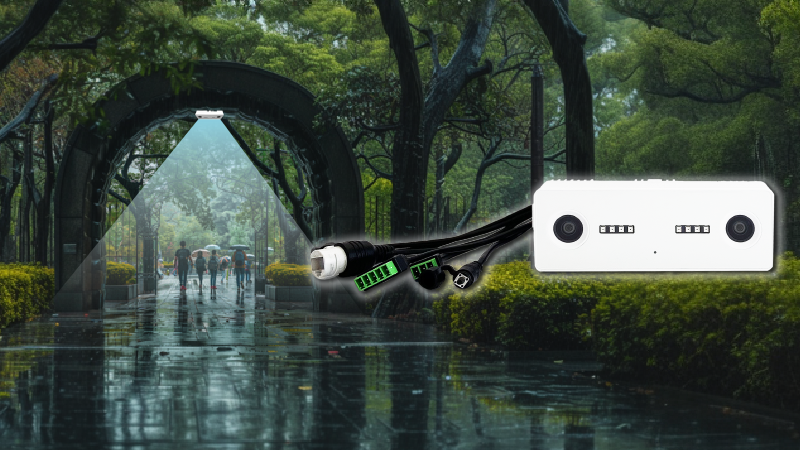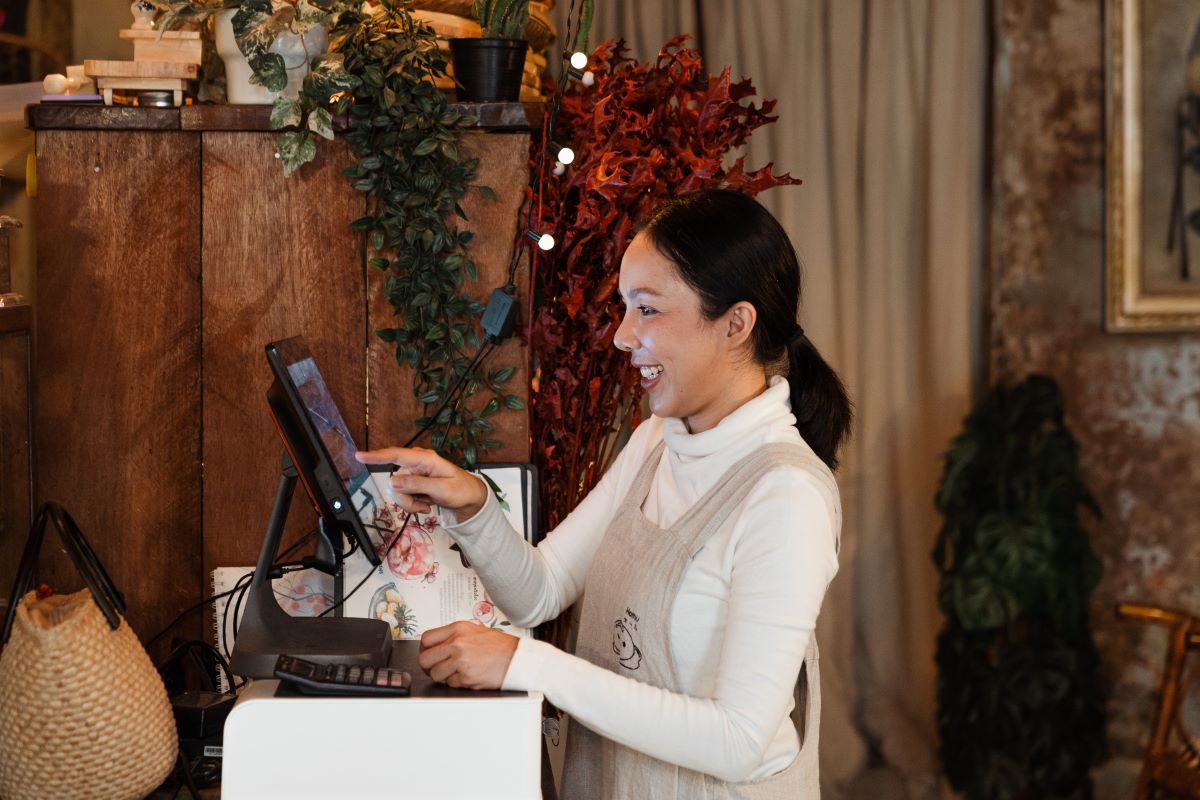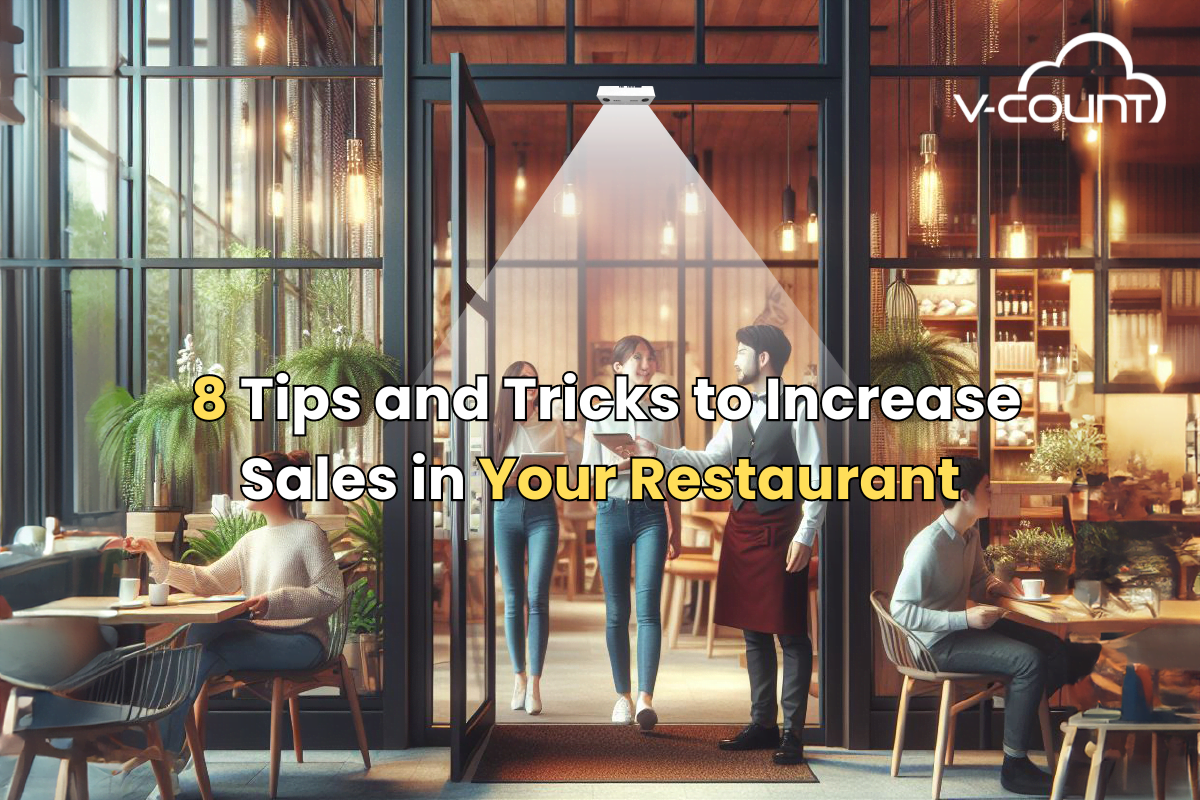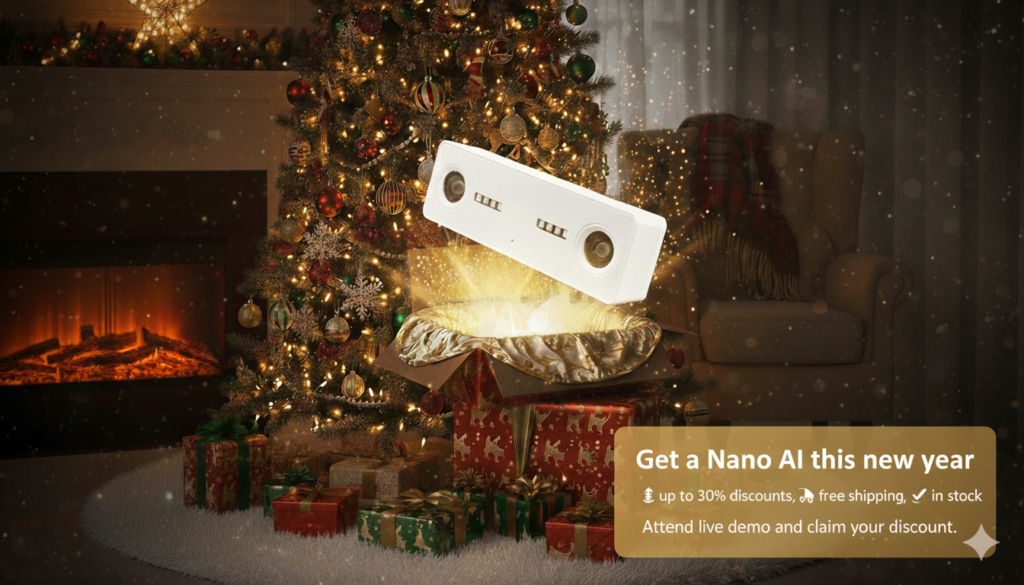The world is going back to its normal state, but the coronavirus pandemic will have lingering effects over the next few years and the retail industry will continue to bear the brunt of it. The holiday season is a great opportunity to drive more sales and maximize your revenue, but if you ignore the changes in customer behavior caused by the pandemic, your struggles will persist despite the expected growth for sales during the holiday period.
Deloitte, a reliable financial advisory company, expects to see a 4 – 6% increase in holiday retail sales in 2022 compared to the same period last year. You’ll need to be a little more creative with your marketing strategies and store optimization to benefit from this anticipated boom, ensure the safety of your customers and use the tips below to meet the shifting consumer demand.
This article provides a list of top holiday retail success tips and trends in 2022 to keep an eye on. You’ll also find a short list of the peak holiday times for retail.
Peak Holiday Season for Retail
Retail peak season is when traffic and sales are at their highest and represents a large portion of the year’s revenue. The list below includes the winter holiday period as well as 2023’s high-traffic holiday periods to help you plan ahead.
- Christmas
- Hanukkah
- Halloween
- Back-to-school season
- Valentine’s Day
- Mother’s Day
Table of Contents
- Make Personalized Marketing Campaigns for Your Target Audience
- Create an Omnichannel Experience Online & In-Store
- Identify Holiday Retail Trends & Optimize Storage
- Examples of Holiday Retail Trends
- Ensure The Safety of Your Customers
- Conclusion
Make Personalized Marketing Campaigns for Your Target Audience
As a retailer during the holiday season, you need to identify your main target audience and come up with strategies to attract them to your stores and motivate them to make a purchase. However, men and women have distinct shopping preferences and behaviors, and that’s just the tip of the iceberg. Then come the age groups and other demographic factors into play.
The shopping behavior of a middle-aged woman will be different from the behavior of a teenage girl in a store, obviously. Online stores have the advantage of using analytics tools to identify their customers and create marketing campaigns according to their existing traffic. Most retail owners don’t realize that the same is possible for physical places nowadays. A reliable and accurate people counter will give you all the information you need in order to analyze the ever-changing trends, who your customers are, and how they like shopping. A modern one can automatically categorize your visitors into groups based on age and gender data and get you actionable insights so that you don’t blindly venture into the holiday season.
You’ll be able to provide a more personalized shopping experience when you know their demographic profile. Once you know who your customers are or who you want to target you can design a marketing plan based on their behavior and needs to appeal to them, optimize your storefront accordingly and improve the chances of sales while maximizing your revenue during the holiday season.
Just keep in mind that not all people counters offer Gender Recognition and Storefront Demographics solutions.
Create an Omnichannel Experience Online & In-Store
Brick-and-mortar businesses tend to underestimate the power of having a strong online presence. Even if you don’t have an online store, you should be out there on the web and at least claim your business through Google Business and get listed. This will validate your business in the eyes of an online shopper and may bring them your way in-person too. It only takes a few minutes.
Once you get that out of the way, make sure to be active on social media channels where your target audience is most likely to be present and share videos and images on a regular basis. The goal here isn’t to get likes or interactions (though, that would be nice) but to show that your business is well, active, and ready for action. Time to share some holiday-themed content.
This is of course half the job, maybe even less than half of it, provided you’re a retail owner and your main goal is to make sales in person. Your store needs to back up your digital claims and marketing efforts. Make sure to provide a seamless transition from digital space into the in-store experience. An omnichannel experience is key for any retailer that wants to thrive and wishes to better engage with customers. Don’t forget, there’s no substitute for personal contact with a well-informed salesperson.
Identify Holiday Retail Trends & Optimize Storage
In order to forecast what will sell during the upcoming holiday season, you must be able to identify the trends in your industry and to do that you need historical data. Your other alternative is analyzing your main competitors, but that won’t give you the competitive edge, you’ll survive rather than thrive.
Knowing what your store tells you is extremely important, especially when you want to maximize your sales and improve your store’s performance. Even a simple trick like placing your most wanted product at the back of your store or where you make the most sales normally can increase your conversion immensely. When you know what’s trending and what your customers want to buy from you, you can sell your other products at a better rate too. The holiday season is a great time to burn the extra inventory you have through clever marketing campaigns.
Examples of Holiday Retail Trends
People spend more time outside during the summer off-school season in June and early July. As a result, sales of sporting goods, swimwear, sunscreen, and picnic-related items increase.
The second half of summer takes place between mid-July and early September. This is the time of year when people return home from their summer vacations and families prepare for the new school year. “Back to school” campaigns start popping up left and right during this period and they’re popular for a reason. Back-to-school marketing campaigns are simply super-effective because you know exactly who your target audience is and what exactly they need. Now, wouldn’t that be great if you could have this information at any given time?
Halloween preparations begin in late September-October and most stores and supermarkets see an increase in traffic and decorations sales. Additionally, in regions where winter is approaching, demand for winter clothes and backyard products like rakes, grass blowers, snowblowers, and shovels increases.
November – December is the busiest shopping season for retailers, this is the period you should be preparing for months ahead. Some major retailers spend nearly a whole year preparing for the Christmas season. A significant amount of people shop like there’s no tomorrow during this period. In the weeks leading up to Christmas, stores become busier with people shopping for gifts. Alcohol, sweets, and decorations are also in high demand during this time of year. It’s the retailer’s dream, provided they’re prepared for the high demand.
Simply put, knowledge of trends and customer behavior is power in retail, a power you can’t obtain through old-school methods or educated guesses. A holiday season can make or break your store, and having a strong tool like V-Count’s Business Intelligence Platform (BIP) would improve your chances of making it, drastically.
Ensure The Safety of Your Customers
The world after the corona pandemic is unlikely to fully return to what it was. While the safety restrictions are mostly gone across the globe, many shoppers still care about a safe shopping experience and in order to draw them into your stores, you must ensure your business is safe.
In this holiday shopping season, technology will continue to play a vital role; with the right people counting and occupancy monitoring solutions, retailers can optimize their operations while providing a safe shopping experience for their customers.
At this point, enforcing safety measures like masks and social distancing, etc. can backfire but letting potential customers know the occupancy levels of your store can help drive more people in or come back at another time. Showing that you care and address their safety and health concerns may convince these on-the-edge shoppers to come in and shop from you.
Conclusion
Brick-and-mortar retailers can’t always be the trendsetters, but they certainly have to be on top of what’s new and what’s popping. The pandemic changed the retail landscape and shopper behavior dramatically, and investing in technology became essential. Brands that can adapt to new technologies will be in a better position this season.[/vc_column_text][vc_empty_space height=”16px”][/vc_column][vc_column width=”1/3″][vc_widget_sidebar sidebar_id=”sidebar-9″][/vc_column][/vc_row][vc_row][vc_column][/vc_column][/vc_row]


